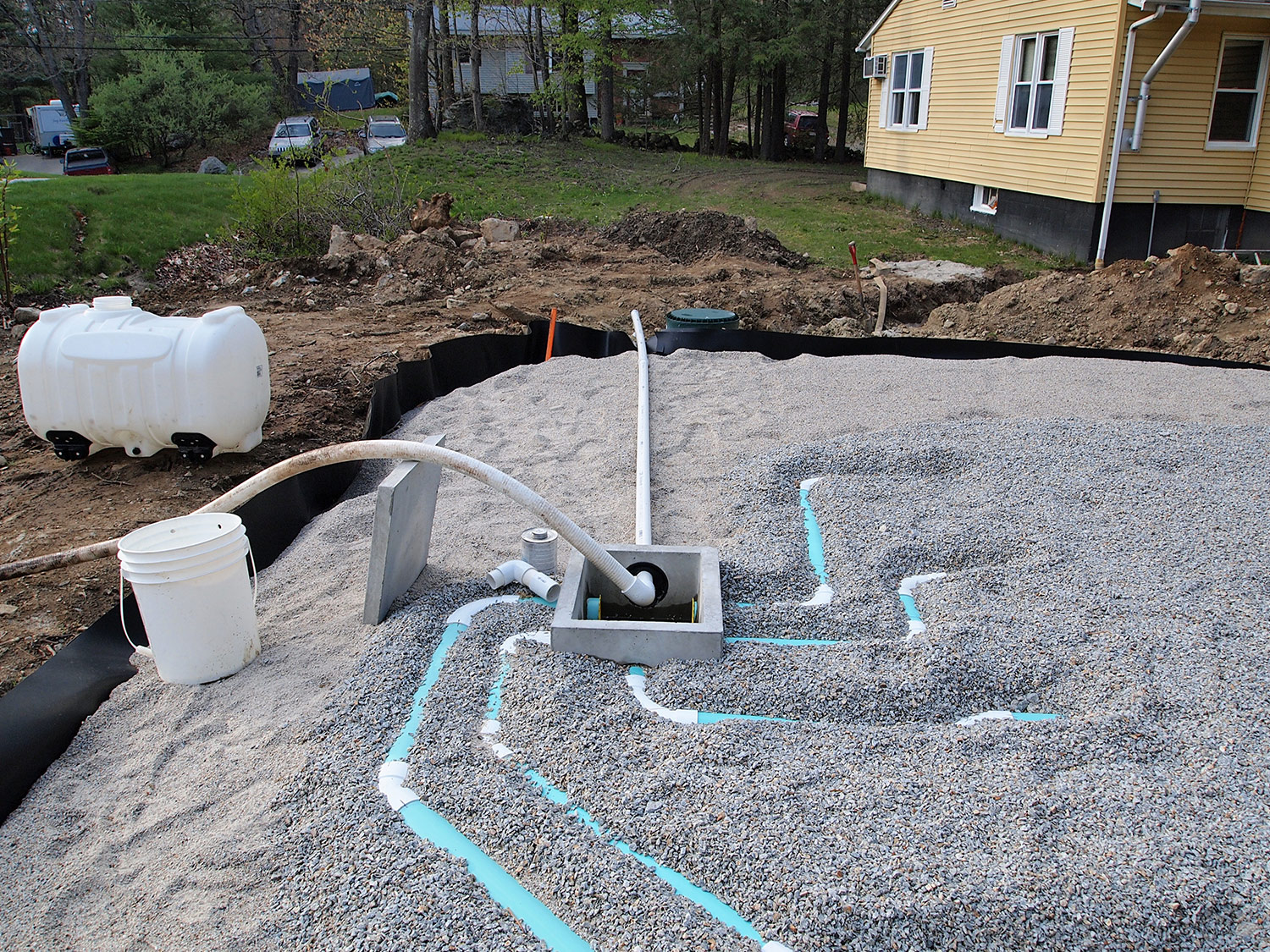
YES, you can start a construction project in the winter under the right circumstances. There are even some advantages to starting a project in the winter. Here are the pros and cons of starting a project in the winter months:
PROS:
The subcontractors still need to work during the winter so you may be able to get a better price during the winter.
The subcontractors are less busy so they are more likely to meet your schedule.
By starting in the winter you will be off season of a typical construction schedule and therefore the subcontractors and suppliers may be less busy throughout your project. Example: lining up a foundation company is easier during the winter than in the spring or early summer, and finding a framing crew is easier during the winter than during the summer.
Subcontractors can continue to work while it snows verses rain.
The government agencies will be less busy so you can get your permits quicker.
CONS:
Site work companies will need to be very conscientious about not letting frost get into the ground after the excavation is done and before the foundation is completed. This involves watching the weather very closely and covering the ground with thermal blankets if needed.
The days are shorter and colder and therefore the subcontractors have to work shorter days.
There could be more weather delays.
The site may have to be plowed and shoveled, which could incur some extra cost.
It can be harder to get large trucks in and out of your project.
You may need to use temporary heat to heat your home, the workers themselves, or some of the ground so you can dig.
Suggestions for starting a project in the winter months:
If your site gets a lot of sun you will have an easier time of starting a project in the winter.
If your building site gets very little sun or no sun at all, it is probably best not to start a project after the ground has frozen.
Cut some trees down to get more sun on your building site.
Make sure you have your excavation and foundation companies scheduled very close together so you have less chance of frost getting into the soil under the foundation.
Once the foundation and concrete floors are in, the major obstacles of starting in the winter are over. Sometimes the concrete floors can be poured after the house has been framed and temporary heat can be added to the area.
For more information, contact Morse Engineering and Construction.
Source: ubuildit.com








